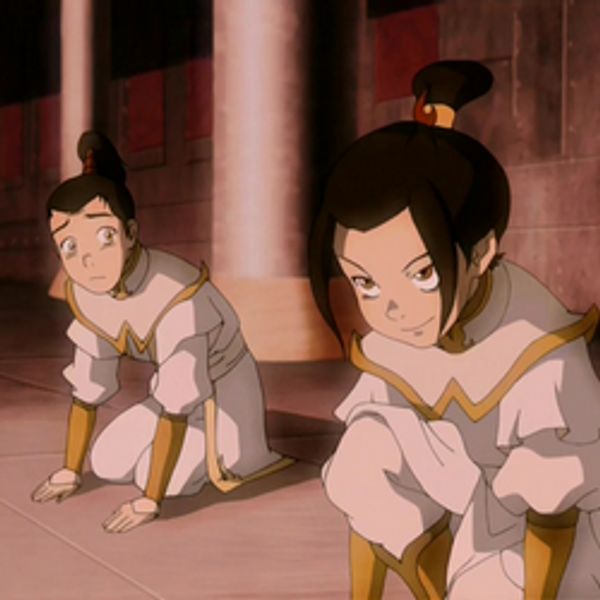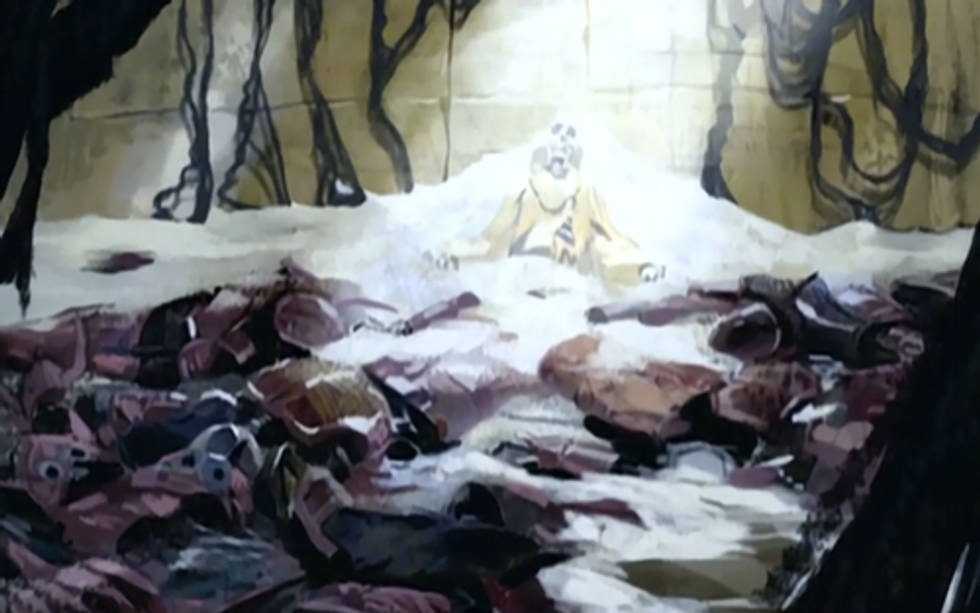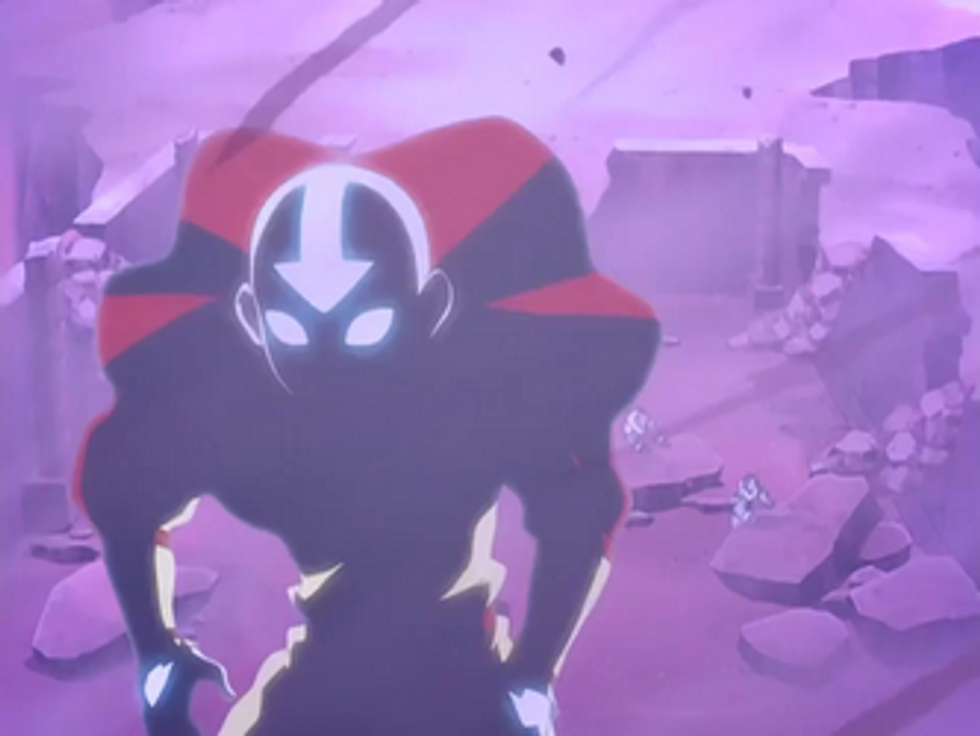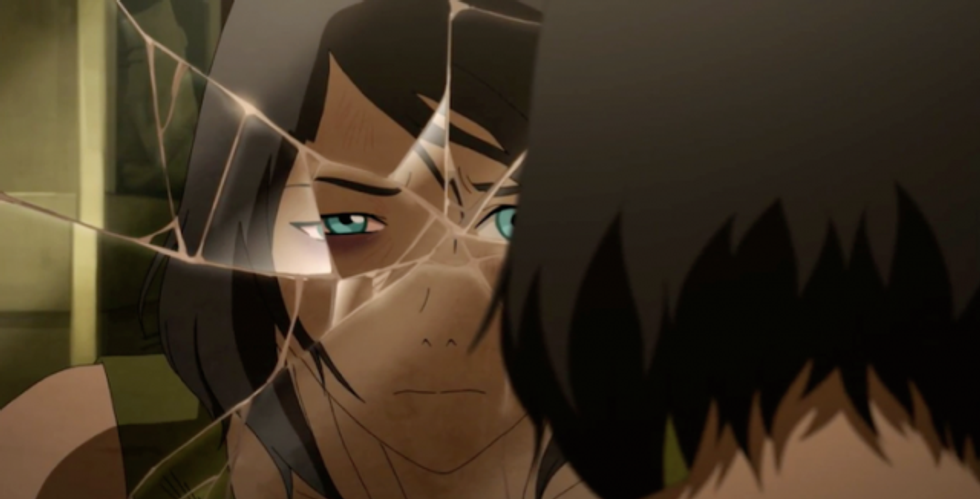When the Legend of Korra came out in 2010, it had big shoes to fill. Its predecessor, "Avatar: The Last Airbender," was one of the most successful shows on Nickelodeon. It revolutionized the fantasy genre by sampling other genres instead of sticking to cliches and pushed boundaries that the typical kid's show did not. The characters were well developed and grew throughout the series. One of the characters, Zuko, started out a hated character but by the third season he becomes a character that most people felt sorry for. Toph, who did not make an appearance until season two, was well loved. The creators were able to do a lot with this show in such a short period of time.
The main conflict in this show was that Aang must master all four elements and defeat the Firelord in order to stop the Fire nation from taking over the world. The Fire nation is at war with the rest of the world, and the creators, Bryan Konietzko and Mike DiMartino, do not leave out the gruesome nature of this war. In one scene, Aang finds the body of Gyatso, his old friend and teacher, along with the bodies of the Fire nation soldiers who killed him.
Aang's reaction is not lessened in order to make it "more appropriate for children." Upset is an understatement, Aang is completely devastated. He cannot control himself and almost destroys the entire temple in the process. The only reason he was able to calm down was through the comfort of his friend, Katara.
War is not the only mature theme that "Avatar" deals with. It also deals with sacrifice, destruction of nature, choosing one's destiny, deception and oppression to name a few. There is controversy over whether it should be considered a kid's show, however it is typically considered appropriate for all ages.
The appropriateness of "The Legend of Korra," the successor of "Avatar," has been heavily debated. Though it was originally labelled as a kid's show, its rating was changed during the release of season three. This factor, along with ratings, led to the show being moved to strictly online platforms instead of being aired solely on television. So what makes "The Legend of Korra" more controversial than "Avatar"?
Aang, besides his breakdown in the air temple, was resilient throughout the series and wise beyond his years.
“It is important to draw wisdom from my different places. If we take it from only one place, it becomes rigid and stale. Understanding others, the other elements, and the other nations will help you become whole… It is the combination of the four elements in one person that makes the Avatar so powerful.” – "Book 2: Bitter Work"
He had his struggles, of course, but he always managed to get right back on his feet. Korra, however, did not get right back on her feet. Though it was not explicitly stated, it is commonly thought that she struggled with Post Traumatic Stress Disorder. She experiences all of the symptoms of PTSD: nightmares, flashbacks, jumpiness and avoidance. These symptoms have persisted for the past three years and have not shows any signs of going away.
But we are not only shown her experiencing these symptoms, but we are also shown her attempting to cope with the symptoms. She isolated herself from her loved ones for three years with the only person she had contacted being Asami. She avoids dealing with her issues by trying to run away from them. The issue is not that she is trying to cope, but that she has issues with doing so.
Korra's struggle is an accurate enough portrayal that it can be seen as relatable. Aang went through struggles, but not many people can relate to genocide. The lifetime prevalence of PTSD in American adults has been estimated to be around 6.8 percent. Despite its high prevalence rate, there is a lot of stigma about mental illness. It is commonly agreed that genocide is morally wrong, which is why it is deemed suitable for all ages to watch, however, what mental illness is and how to treat it is highly controversial.
To even discuss mental illness is considered taboo because of the stigma (stereotyped views) attached to it, such as that people who are mentally ill are violent and dangerous. Portraying it in such a raw form brings a lot of attention to it. It is not typical of a "kid's show" to do since it is not even an issue that is typically brought up. Not only is this not typical of a kid's show, but it is not typical of shows in general. Mental illness is typically misrepresented in the media and feeds into the stigma surrounding it. With this reaffirmation that the stigma is correct and it being spread over a widespread platform, it is difficult not to believe the stigma. Since the stigma is the more popularly accepted belief, anything going against it can be seen as controversial and unacceptable.
Since this portrayal is not based on the stigma of mental health, it challenges the validity of the stigma against as well as what was once a popularly accepted set of beliefs. "Avatar" went beyond an average "kid's show." The only popular beliefs it questioned was what belongs in a children's television show. "Korra" went beyond that. Rather than bringing into question what belongs in a children's television show, it simply defined its own boundaries. It went above and beyond, yet this made it more real and therefore more relatable to viewers. Since it is so relatable, it makes the audience question reality. Why is something that is fantasy yet it is so relatable? This relatability brings controversy since accepting reality for what it really is is something no one can fully do or even begin to comprehend.























